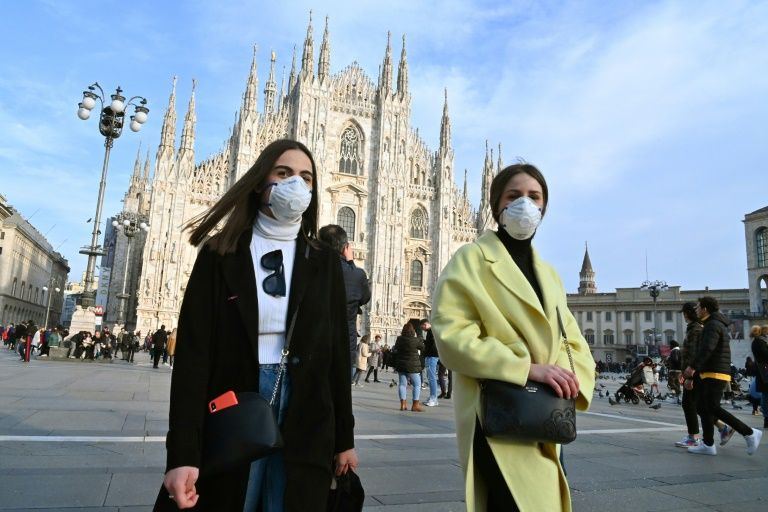[ad_1]

Italy registered 10,680 new COVID-19 cases on Monday, while the number of recoveries added up to nearly 3 million, official data showed, Trend reports citing Xinhua.
The increase in active infections started growing again by the second half of February, after a long downward trend registered since the end of November.
Of the total 570,096 active infections, 537,574 people are currently quarantined at home with mild or no symptoms, while 28,785 are hospitalized with symptoms and 3,737 are hospitalized in intensive care units.
The Health Ministry also registered 9,323 fresh recoveries on Monday, which pushed the total number of people cured to 2,997,522 since the pandemic officially broke out here in late February last year.
Meanwhile, the lockdown for the Easter holidays, April 3-5, came to an end on Monday.
All non-essential movements between the 20 regions, between municipalities, and within the same city were banned, although people were allowed to share the festivity at home with two adult guests and children.
After being all into the “red zone”, which means the highest risk and strictest rules, for the three days, some 11 regions by Tuesday will be moved again into the “orange zone”, which means medium risk and medium restrictions, while the other 9 will remain red until the end of April.
From Tuesday to April 30, passengers flying from Austria, the United Kingdom, and Israel will be allowed to undergo a shorter period of quarantine, five days instead of the previous 14, after entering Italy, according to a Health Ministry regulation.
However, health experts warned it was not yet time to relax restrictions despite some positive signs of improvement.
In the latest monitoring report unveiled on Friday, the National Health Institute (ISS) said the virus reproduction number, or RT, dropped to 0.98 points in the surveyed week, which lasted from March 22-28.
An RT below the threshold of one signals a slowdown in virus circulation, meaning that one actively infectious person will averagely transmit the coronavirus to less than one other person.
The incidence also fell to 232 cases for every 100,000 inhabitants from 240 cases in the previous week, but was still “very far from the threshold of 50 cases per 100,000,” which was considered as a sign of that the pandemic is under control, the ISS said.
Besides, coronavirus patients still occupied 41 percent of all beds in intensive care units at the national level, which stood well above the critical threshold of 30 percent.
“The incidence (is) still too high and the severe burden on our health services does not allow a reduction of restrictions currently in place,” the ISS wrote in its report.
As for the vaccination campaign across the country with a population of 60 million, over 11.2 million people have been administered the authorized vaccines till Monday, and 3.4 million of them have received both doses, official figures showed.
Health workers, elders, and other workers at risk were among the campaign’s priorities. Some 91.67 percent of health staff have been vaccinated and 76.28 percent have had the second dose till April 2, government figures show.
Data also showed 68 percent of school workers have been given the first jab, but only 0.59 percent the second one.
National vaccination campaigns with authorized vaccines are ongoing in several countries in the world. Meanwhile, 269 candidate vaccines are being developed worldwide — 85 of them in clinical trials — including in Germany, Italy, China, Russia, Britain, and the United States, according to data released by the World Health Organization on April 2.
[ad_2]
Source link